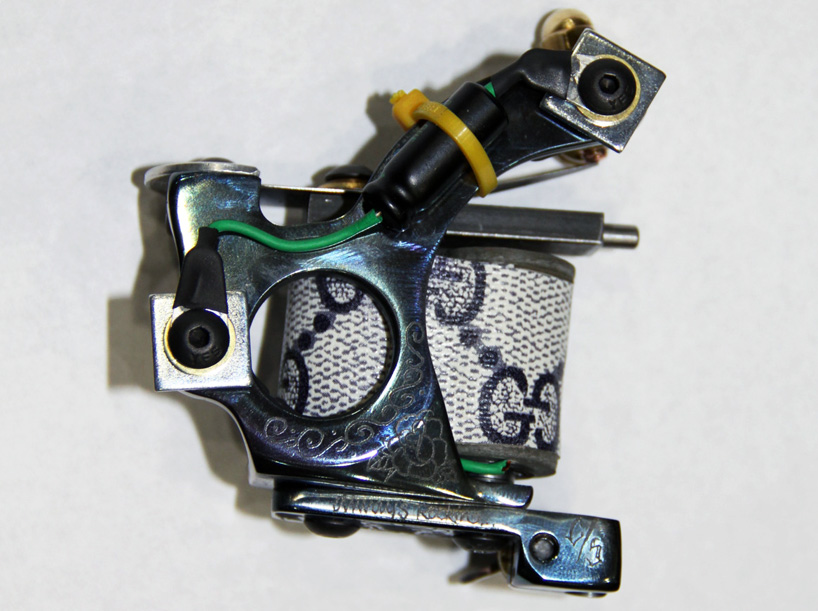The word tattoo, or tattow in the 18th century, is a loanword from the Samoan word tatau, which means "to strike". The Oxford English Dictionary offers the etymology of tattoo as "In 18th c. tattaow, tattow. From Polynesian (Samoan, Tahitian, Tongan, etc.) tatau. In Marquesan, tatu." Just before the importation of the Polynesian word, the practice of tattooing had been described in the West as painting, scarring or staining.The etymology of the physique modification term is not to be confused with the origins of the word for the military drumbeat or performance — see military tattoo. In this case, the English word tattoo is derived from the Dutch word taptoe.The first written reference to the word tattoo (or tatau) seems in the journal of Joseph Banks (24 February 1743 – 19 June 1820), the naturalist aboard explorer James Cook's ship HMS Endeavour: "I shall now mention the way they mark themselves indelibly, every of them is so marked by their humour or disposition".[5] The word tattoo was brought to Europe by Cook, when he returned in 1769 from his initial voyage to Tahiti and New Zealand. In his narrative of the voyage, he refers to an operation known as "tattaw".
Tattoo enthusiasts might refer to tattoos as "ink", "pieces", "skin art", "tattoo art", "tats" or "work"; to the creators as "tattoo artists", "tattooers" or "tattooists"; and to areas exactly where they work as "tattoo shops", "tattoo studios" or "tattoo parlors".Mainstream art galleries hold exhibitions of both standard and custom tattoo styles, such as Beyond Skin, at the Museum of Croydon. Copyrighted tattoo styles that are mass-developed and sent to tattoo artists are identified as "flash", a notable instance of industrial design and style.[8] Flash sheets are prominently displayed in numerous tattoo parlors for the objective of offering both inspiration and ready-created tattoo photos to buyers.
The Japanese word irezumi indicates "insertion of ink" and can mean tattoos utilizing tebori, the classic Japanese hand strategy, a Western-style machine or any strategy of tattooing making use of insertion of ink. The most typical word utilised for conventional Japanese tattoo styles is horimono. Japanese could use the word tattoo to mean non-Japanese types of tattooing.
Related Images with Custom Inx Tattoo Machine: Jensen Style Frame Matte Black Shader
custom tattoo machines by norm at will rise studio in LA

Black Franklin Tattoo Machine Custom Built by Brandyn Feldman
King Kong Tattoo Machine Custom Built by Brandyn Feldman
Union Tattoo Machine, custom Ninjapirate. Used by Freddy Negrete
thank you for visiting this site post about custom tattoo machines, i hope you enjoy it.



Post a Comment
Post a Comment